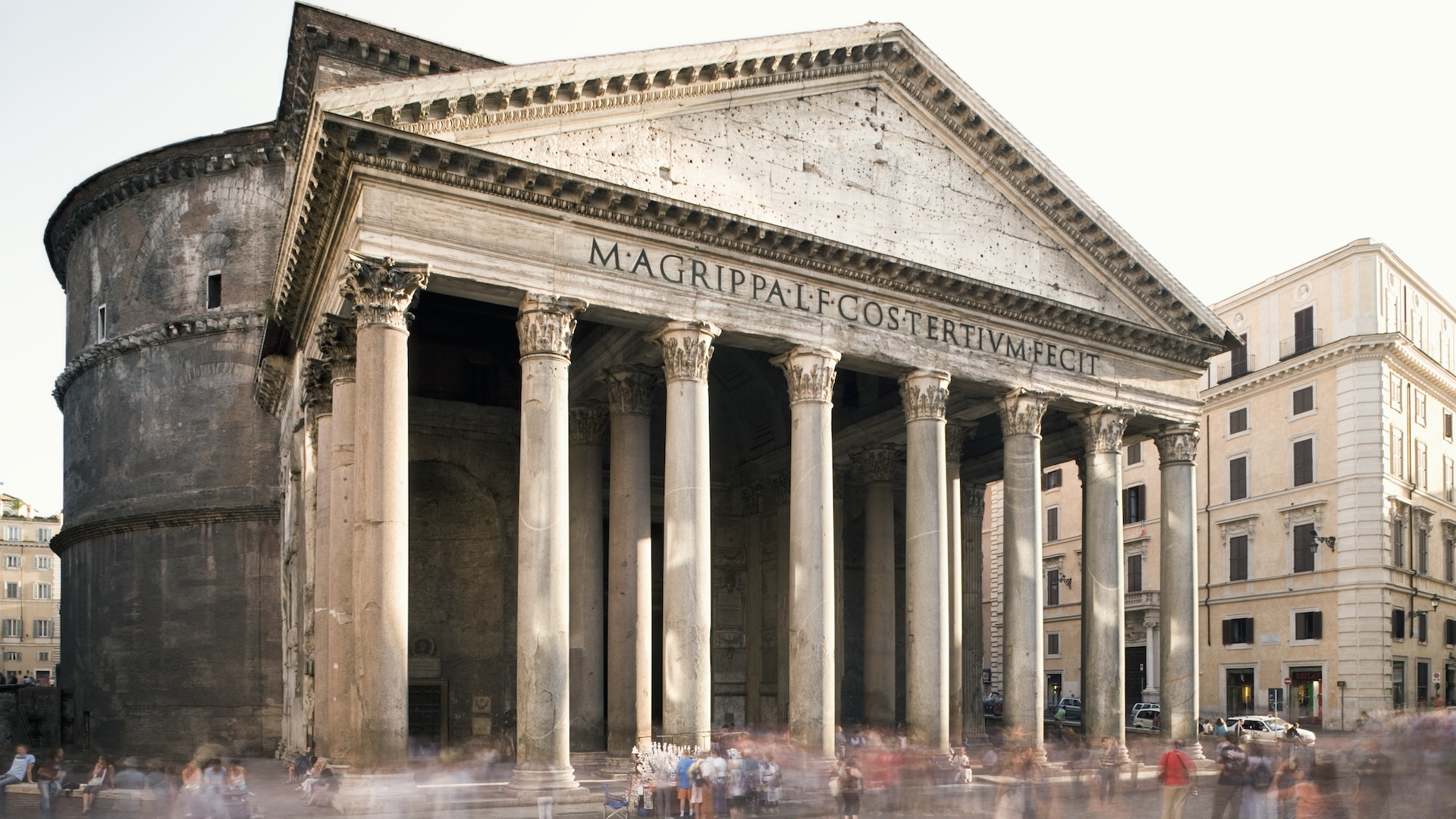When you purchase through link on our site , we may earn an affiliate commission . Here ’s how it works .
In 1850s America , most masses relied on privies and outhouses for their privy needs . But the Davis kinsfolk of Natchez , Miss. , had something few other Americans did : indoor hot - and - cold running waterandan indoor bathroom .
Now this marvel of 19th - hundred technology is getting a new home , incite from the Dunleith Historical Inn to another mansion nearby manoeuvre by the National Park Service . The new lodging will give the public a probability to see a pre - Civil War version ofa luxurious lavatory , complete with exhibitor / bath combo .

Pipes pumped water from the first-floor laundry to the attic, where the water stayed stored in large cisterns. Opening the faucets or yanking the toilet handle (on left) would allow the water to flow down into the bathroom fixtures. Waste would have been carried out of the pipes into a primitive septic system.
" This is a rare lesson of a mid-19th - century bathroom that had subsist for 150 years , " articulate National Park Service historian Jeff Mansell .
Most 1800s bathrooms have been renovated out of existence , Mansell say — and few families had indoor plumbing system at the time , anyway . The White House only got running piss in 1833 , for example , and it was n’t until 1853 that the presidential family got run piddle in their 2d - trading floor washroom . [ See Photos of 1850s Bathroom ]
The salutary john engineering

The Dunleith bathroom consists of a washbasin with two faucets , a can and an cubic decimetre - shaped bath - and - bathtub combination , also with two faucets . tube pumped water up from the first - floor laundry elbow room , where body of water was heat up , Mansell said . The pipes lead to three cisterns in the dome , which drained down to fixedness in the third - floor bathroom whenever someone start the faucets orflushed the toilet . Waste from the toilet would have endure to a primitive infected system , Mansell enjoin , conjoin waste from outside lavatory on the property .
The ellipse - shaped showerhead was large , about 10 inch ( 25 centimeters ) across and would have make a rain core , much likeshowerheadsin upscale bathrooms today .
" In the 19th century , you had what everybody ’s try out for today , the rain shower , " Mansell said .

A man list Alfred Vidal Davis , who , in 1859 , bought the house that would become the Dunleith Inn , most likely installed the bathroom the year he moved in , Mansell allege . When the preservation team was deconstructing the bathroom to remove it from its third - storey location , they obtain a packing skid from a New Orleans retail merchant call Price & Coulon , he said .
" Davis could have seen it there or may have take about it , " Mansell said . " We reckon there was a catalog that was advertising this picky organisation . "
National Park staff is n’t sure how much the system would have be Davis , butindoor plumbingwould have been a perquisite allow for the elite .

The future of the Dunleith toilet
The Dunleith Historical Inn make up one’s mind to donate the fixtures to theNational Park Servicebecause they are renovating the wing where the privy was . The privy was at the top of a steep stairwell , said Dunleith general director John Holyoak , and because of its unavailability had been used for repositing for the past 10 years .
" It ’s just not conducive for anybody to ever see the toilet , " Holyoak said .

To get the fixtures , including a 400 - pound zinc - describe cistern , down from the third floor and attic , construction crews had to construct a specially designed ramp . For now , the disassembled bathroom is in storage , but the National Park Service plans to reinstall them in the nearby the three estates of Melrose , another affluent home from the same earned run average . Historians know that Melrose had some sorting of washroom in the 1850s , but they are n’t certain whether it was as elaborate as the Dunleith one .
" There ’s some reading that they had had some sort of indoor plumbing system , but it was removed right after the twist of the century , " Mansell said . " So we do n’t know what it look like . "
Soon , however , visitor will be able to see with their own eye the individual perks of pre - Civil Warwealth .

" Most people , when they think of the mid-19th one C , they do n’t think of this kind of technology existing , " Mansell tell . " Even as sophisticated as Natchez was , with people here with a batch of money , you did n’t incur a lot of indoor plumbing . "












